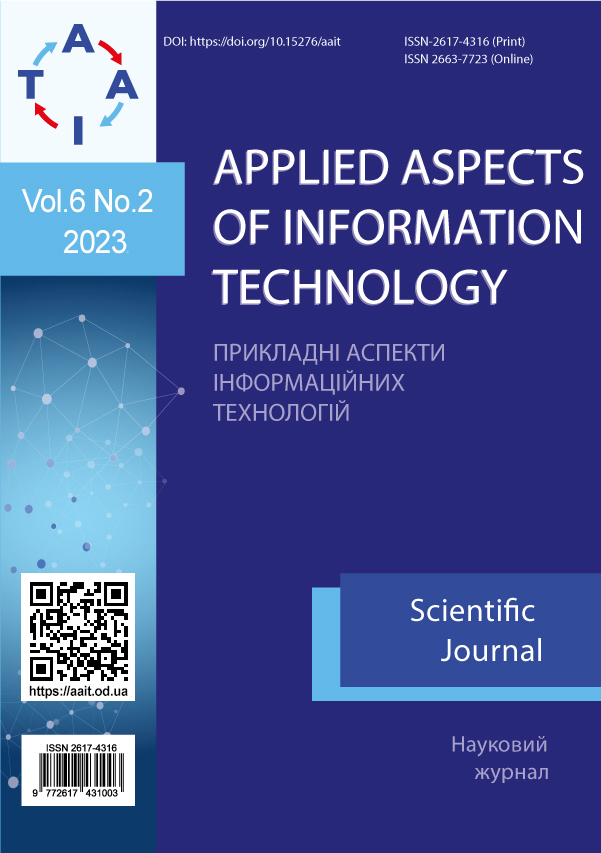Increasing the accuracy of electricity accounting by digital information-measuring systems
DOI:
https://doi.org/10.15276/aait.06.2023.11Keywords:
Electricity meter, measurement uncertainty, reduced load, current transformersAbstract
Significant non-technological losses of electricity are observed in 0.38 kV distribution networks, which lead to financial damages of energy supply companies. The reason for their occurrence is the deficiencies in the accounting units functioning in the reduced load mode, which occurs during the downtime of the main technological equipment. The purpose of the study is to increase the accuracy of electricity measurement by a commercial accounting unit in the reduced load mode based on mathematical modeling of measurement uncertainty. Evaluation of regression parameters for the static characteristics of measuring current transformers in the reduced load mode is carried out using the covariance analysis methods and analysis of regression residuals. Estimation of the nonrandom uncertainty of electricity measurement by one measuring channel of the accounting unit was carried out using the fuzzy set theory. The polynomial approximation of the experimental values of the membership function for the measured quantity was carried out according to the maximum norm method. The least square method was used to approximate the boundaries of fuzzy functions. As a result of research, a universal static characteristic of a measuring current transformer of a certain accuracy class was obtained at a reduced primary current. It was established that the sample estimates uncertainty of the current transformer error of the 0.5 S accuracy class changes from ±11.7 % to ±1.7 %. The uncertainty of electricity measurement by the commercial accounting unit in the reduced load mode is proposed to be estimated by a fuzzy function. The developed mathematical model takes into account the dependence of the fuzzy interval boundaries, which characterizes the measurement result, on the phase currents asymmetric values. Comparison of the analytically obtained membership function for the relative deviations of the readings of the accounting units with the empirically obtained value of such a deviation made it possible to establish the limit value of the confidence level, which was not less than 0.54 at the minimum permissible value of 0.4 of the adequacy criterion. This confirms the adequacy of the results of mathematical modeling with experimental data. Estimating the electricity metering uncertainty with a fuzzy interval increases the accuracy of the measurement, as it allows clarifying the monthly electricity consumption by taking into account the energy that was consumed during the reduced load model










